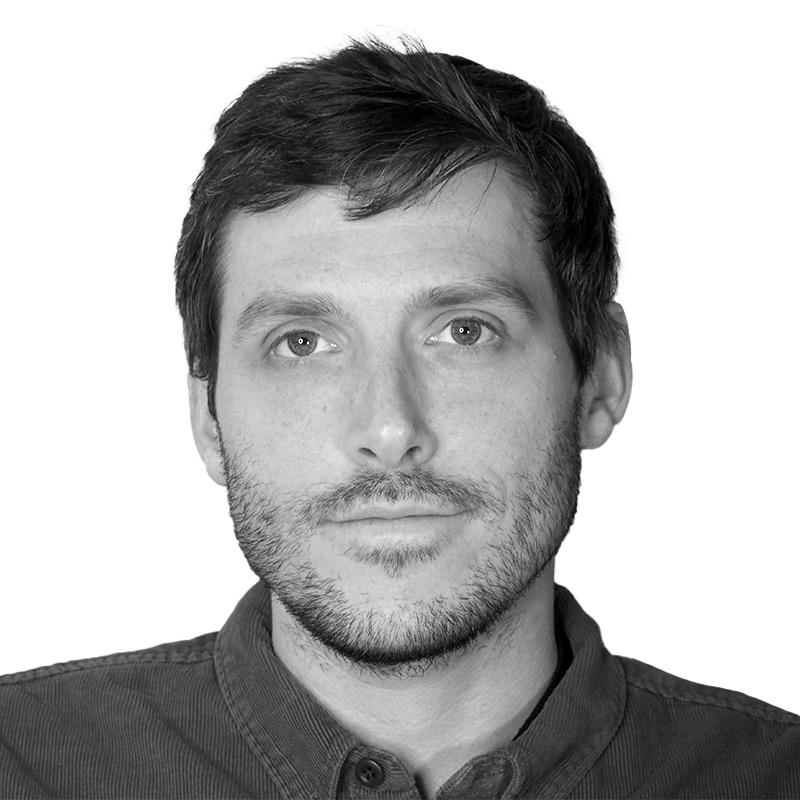Once free agency took on a life all its own, the calendar became the NBA’s manifest destiny. Anything was possible in a world where the league drove interest during its summer sabbatical; if enthusiasm could surge through June and July without a single game being played, then why not August? Why not September? The diversion James Naismith dreamed up to keep schoolboys occupied in the winter months became a year-round enterprise with its own built-in content machine.
On Wednesday, that enterprise screeched to a reluctant halt. COVID-19 is our new cultural reality. Some NBA teams made provisional, untenable plans to continue playing games without fans in attendance in an effort to slow the spread of the coronavirus. Other teams were barred from hosting games by the mandates of their local governments. Before the league office could fully sort through all the stumbling incrementalism, Rudy Gobert—the All-NBA center who made a mockery of the recommended health policy—became the first NBA player to test positive for the coronavirus. Just before the Jazz-Thunder game was set to tip off in Oklahoma City, the teams were rushed into quarantine in the locker rooms, and the game was abruptly canceled. Within an hour, the NBA had suspended its season.
This leaves an unprecedented void. Previous halts to the NBA schedule were foreshadowed by events within the sport itself; the 2011 lockout, for example, came after months of squabbling over luxury-tax stipulations and BRI splits, and years of anticipation before that. In contrast, the Jazz and Thunder were warming up for their game when Donnie Strack, the head of Oklahoma City’s medical staff, ran out on the floor to shut everything down. One NBA game already in progress trickled to a close, another was canceled, and that was it. Fans filed to the exits, support staff scrubbed down what they could, and the lights in the league went out.
More should have been done to prepare for this inevitability. It’s easy to say that now, in the echo of an empty arena, but it’s as true now as it was weeks ago. So much less could have been left to chance. Instead, the league and its teams took an entirely reactive approach, stalling out until it was too late.
We have no way of knowing when the next NBA game will be played. Sports are (or were) one of the last areas of public life with real finality. At the end of each game is a winner. At the end of each season is a champion. Material to both is the understanding of when the end will come, a premise that gives the entire experience its structure. It ebbs and flows, but always within the NBA’s careful framework. The free-agent twists and testosterone soap opera create the illusion of chaos in an orderly world. Actual chaos is the moment after an entire season has been thrown up in the air, as we all wait to see where it lands.
What makes this situation particularly disorienting is the scope of what’s ahead. These are still early days for infection in the United States. What exactly needs to happen to return to life—and the NBA—as normal? What could we even consider to be an acceptable level of risk when every game brings tens of thousands of people together in close proximity, endangering some of the most vulnerable among us? As a country, we are already maddeningly behind in testing for COVID-19, and woefully inadequate in our attempts at triage. When the NBA reevaluates the state of things in 30 days, we may be no closer to containment, and the social implications no less severe. Every canceled event can be peeled back to reveal the intricate personal economies underneath: an usher, a concessions worker, a parking lot attendant. When the NBA went dormant, it took away a valuable escape for basketball fans across the globe. For those who keep arenas running around the league, it took away their livelihood. Already there are pledges to help, but a promise from an All-Star or a team owner does only so much to quiet an indefinite, humming anxiety.
“At this point,” NBA commissioner Adam Silver said Thursday, “we’re just waiting.”
There is a machinery all around the NBA that will churn on in the meantime, grinding gears in the absence of its intended purpose. We here at The Ringer are a part of it; you, as a reader, are too. What strange days these are for all of us, as we’re increasingly isolated from one another and stripped of our coping mechanisms. The coronavirus had already changed how we do our jobs and what we do with our hands. It was in our heads and our homes. Now it’s in our most sacred spaces, keeping us from the things we do to get by.
What happens on an NBA court is largely understood in terms of legacy. No sport or league is more oriented to how the present will be remembered, to the point that today’s stars are seen and discussed largely in retrospect. What LeBron James does now seems to matter less than what he will eventually come to represent. Maybe that’s why I can’t help but wonder how we’ll remember this particular moment in the league’s history. It’s why I can’t stop thinking about where it might leave us. Down to the molecular level, the coronavirus is an asterisk. Its mere presence has reshaped our lives and changed the NBA as we know it.
